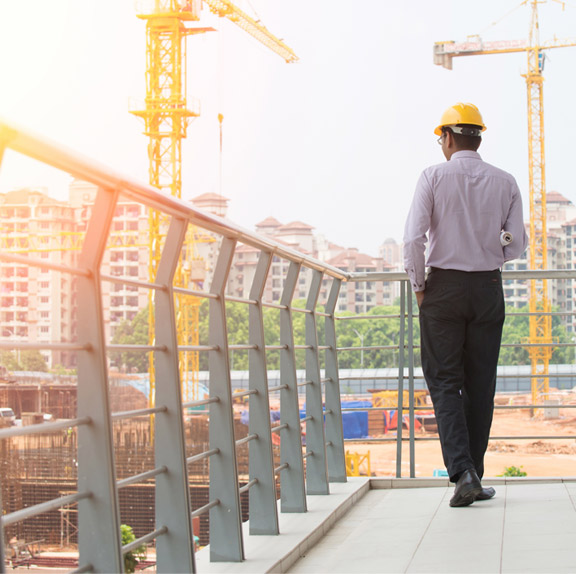An efficient building will deliver high performance for many years.
 PCI Certified precast, prestressed concrete delivers efficiency to projects in many different ways. From the plant, to the jobsite, to long-term performance of the building, high-performance precast provides a variety of advantages in both the construction and operating phases of a building.
PCI Certified precast, prestressed concrete delivers efficiency to projects in many different ways. From the plant, to the jobsite, to long-term performance of the building, high-performance precast provides a variety of advantages in both the construction and operating phases of a building.
Construction Phase
Precast is material efficient. Because it is produced in controlled conditions in plants with high levels of quality assurance, there is very little waste.
Precast is site efficient. The components are produced offsite and arrive ready to install, so there is no need for staging or storage on the site. It does not generate jobsite waste, and is great for projects in tight urban sites.
Precast is schedule efficient. Because the components arrive complete and ready to install, it goes up very quickly, generally with one crane and minimal crew. Precast erection can take place in almost any weather conditions, and the building can be enclosed quickly. Oftentimes, months can be saved from a project schedule by selecting precast.
Operating Phase
Precast can make major contributions to the overall energy efficiency of a building.
High performing, energy efficient buildings need to manage heat, air and moisture in during their operating phase. Precast, prestressed concrete a face-sealed, or barrier system. The low water/cementitious ratio, low-permeability, high-strength concrete easily resists bulk rain water and moisture ingress.
Precast concrete is also an air barrier with no measurable leakage, that meets 2012 International Energy Conservation Code (IECC) requirements for continuous air barriers. The IECC defines a vapor retarder as a material with a perm rating of 1 or less. Precast concrete meets this requirement at 3 inches or greater in thickness. Adding at least 1 inch of XPS insulation makes a precast wall a vapor barrier.
Most precast systems provides continuous, edge-to-edge insulation, and are easily scalable to allow for different insulation thicknesses as required by code. Other systems, such as cavity walls, are often more difficult to adjust.
Insulated precast sandwich wall panels can also take advantage of the thermal mass effect to increase their thermal performance. Thermal mass is the property in concrete that causes it to act like something of a heat battery. Thermal energy moves slowly through concrete and releases off peak hours. Shifting these peak loads can result in as much as a 25 percent reduction in heating and cooling costs. Learn more about thermal mass here.
Discover more about how precast builds efficiently here.